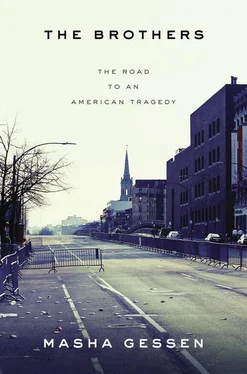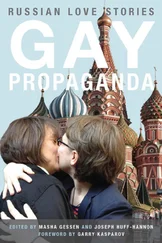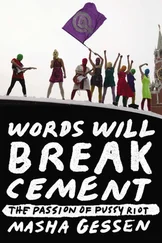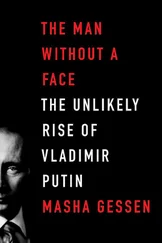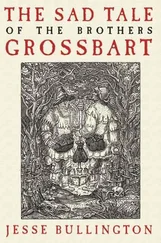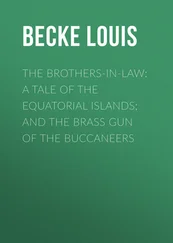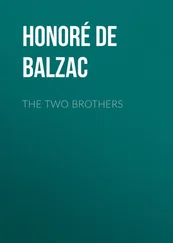Crenshaw points to political conditions that enable terrorism—a group has to be excluded from the political process. And she suggests one other personality trait required of a terrorist: a high tolerance for risk. Growing up in and around war zones and in high-crime environments will inure a person to risk and violence. So the Tsarnaev brothers fit the profile perfectly. But most disaffected immigrants from unstable countries, most immigrants who never make it out of the struggling lower rung of the middle class and beyond the bounds of a suffocating social circle, even most angry Muslim young men without a religious education but with a high tolerance for danger, do not build bombs and kill people.
The imagination demands something distinct, huge, and immediately recognizable to explain the leap between an ordinary life and the path of a terrorist. In December 2013, The Boston Globe published a near-book-length exposé based on almost eight months of reporting by a team of journalists, and this team’s conclusion was that Tamerlan suffered from schizophrenia. He apparently heard voices that told him to do terrible things. The evidence for this newspaper diagnosis was this: it would seem that Zubeidat once said something about Tamerlan’s “voices” to Max Mazaev’s wife, who, years later—after the bombing—relayed the conversation to her husband, who, in turn, mentioned it in a telephone conversation with a psychiatrist who had once treated Anzor but had never met Tamerlan—and the psychiatrist may have said the word “schizophrenia,” among others. The diagnosis not only was based on ephemeral evidence but was actually counterfactual: terrorism experts broadly agree that a firm grip on reality is required to carry out a secret plot of any complexity. As for the “voices,” Zubeidat most likely meant an inner voice that she felt, at that moment, was leading her teenage son astray.
But if it was not a giant mental disorder, was there a huge conspiracy that led Tamerlan and Jahar astray? Most of the media coverage hewed to the FBI’s radicalization theory, and proposed a variety of characters suspected of having indoctrinated Tamerlan: first a man named Misha, who turned out to be a soft-spoken Armenian-born Muslim convert living in Rhode Island who had not seen Tamerlan in three years; then the Russian-Canadian Dagestani insurgent William Plotnikov and the teenage Dagestani fighter Mahmud Nidal; and, finally, Magomed Kartashov’s Union of the Just. The problem with these theories is that either the supposed villains have no evident relationship to an armed struggle, as in the cases of Misha and Kartashov, or there is no evidence that Tamerlan ever met them, as in the cases of Plotnikov and Nidal.
• • •
SINCE SEPTEMBER 2001,U.S. courts have taken up an average of forty terrorism-related cases a year. More than five hundred people have been charged, and virtually all of them have been convicted and sentenced. Dozens of bombing plots have been revealed. In 2014, Human Rights Watch released a report that analyzed many of those cases. The researchers concluded that “all of the high-profile domestic terrorism plots of the last decade, with four exceptions, were actually FBI sting operations—plots conducted with the direct involvement of law enforcement informants or agents, including plots that were proposed or led by informants.”
Since 9/11, the bulk of the FBI’s efforts have centered on fighting terrorism, which became its top institutional priority and consumes forty percent of the agency’s operating budget. Between 2001 and 2013, the number of terrorist attacks carried out on American soil by people connected to Islamic organizations numbered zero, but trumped-up terrorist plots numbered in the dozens, and the people who went to jail because of them in the hundreds. The Human Rights Watch report describes the work of the FBI (initially quoting from a former FBI agent, Michael German):
“Today’s terrorism sting operations reflect a significant departure from past practice. When the FBI undercover agent or informant is the only purported link to a real terrorist group, supplies the motive, designs the plot and provides all the weapons, one has to question whether they are combatting terrorism or creating it….” In many of the sting operations we examined, informants and undercover agents carefully laid out an ideological basis for a proposed terrorist attack, and then provided investigative targets with a range of options and the weapons necessary to carry out the attack. Instead of beginning a sting at the point where the target had expressed an interest in engaging in illegal conduct, many terrorism sting operations that we investigated facilitated or invented the target’s willingness to act before presenting the tangible opportunity to do so. In this way, the FBI may have created terrorists out of law-abiding individuals. In these cases, the informants and agents often seemed to choose targets based on their religious or political beliefs. They often chose targets who were particularly vulnerable—whether because of mental disability, or because they were indigent and needed money that the government offered them.
In one case, it was the FBI informant who suggested detonating a bomb near a synagogue in the Bronx and using Stinger missiles to attack airplanes taking off from Stewart Air National Guard Base near Newburgh, New York. The informant assembled the group for the planned attacks and procured the weapons. Then the four men the informant had recruited were arrested. Federal judge Colleen McMahon, who heard the case in Manhattan in 2010–2011, said, “The essence of what occurred here is that a government, understandably zealous to protect its citizens from terrorists, came upon a man both bigoted and suggestible, one who was incapable of committing an act of terrorism on his own.” The judge was referring to the alleged leader of the Newburgh Four, James Cromitie. “Only the government could have made a terrorist out of Mr. Cromitie, whose buffoonery is positively Shakespearean in scope,” said Judge McMahon, and sentenced the defendants to twenty-five years behind bars, in accordance with mandatory-sentencing guidelines.
Most of the people I have heard arguing that the FBI was responsible for the Boston Marathon bombing were unaware of the agency’s recent pattern of hatching terrorism plots. Some of them were basing their impression on their personal experience: “I am used to being set up,” said Maret Tsarnaeva, referring to the life of a Chechen in the former Soviet Union. Others drew inferences from their knowledge of the Boston FBI office’s track record.
When Jahar was indicted in federal court in Boston in July 2013, a major trial was under way in the courtroom next door: the notorious gangster James “Whitey” Bulger, captured after sixteen years on the run, was being tried for racketeering. Files made public during the Bulger trial showed that for at least fifteen years, the mobster had fed the FBI information about both rivals and associates, using the agency to eliminate obstacles and advance his business while the FBI ignored his crimes, which included numerous murders, in exchange for information and a cut of the proceeds.
Two years earlier, another high-profile case that was heard at the same courthouse brought to light what had long been rumored: a Watertown- and Waltham-based drug ring had for years, and to the tune of millions of dollars, enjoyed the protection of one or more members of the Watertown Police Department, who helped them avoid investigations and raids. The possible connection between this case and Tamerlan gave rise to some of the more complicated—and convincing—Boston-grown conspiracy theories.
The friends with whom Tamerlan dealt and smoked pot lived in Watertown—indeed, Tamerlan’s stories about the town’s crooked cops left an impression on his friend Mohammed Gadzhiev in Dagestan. Brendan Mess was almost undoubtedly connected to the Watertown drug ring. The murder of Mess, Erik Weissman, and Raphael Teken, which was never fully investigated, had been handled by the office of the Middlesex County district attorney, at the time Gerard Leone; Leone had also judged the Golden Gloves amateur boxing competition in Lowell that Tamerlan had won.
Читать дальше
